
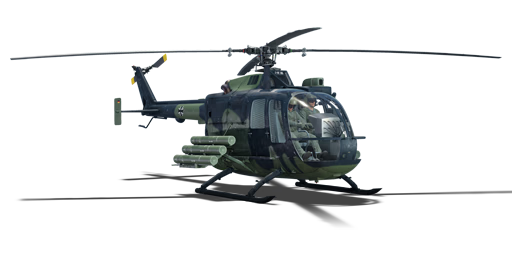



The BO 105 PAH-1A1 was a modification of the German BO 105 PAH-1. This version saw the installation of HOT-2 anti-tank guided missiles, upgrades to the electronics and targeting systems, and new rotor blades. Some existing PAH-1s were upgraded to the new standard from 1991; however, due to the helicopter's inability to perform combat missions at night and its low survivability, from 2007 it began to be replaced in the Bundeswehr by the more modern Eurocopter Tiger. The last BO 105 helicopters were withdrawn from service with the German army in 2016.
The BO 105 PAH-1A1 was introduced in Update 1.83 "Masters of the Sea". Its main difference from the BO 105 PAH-1 is the replacement of HOT anti-tank guided missiles with HOT-2 missiles boasting increased penetration. Otherwise, it remains the same light, fast, agile, and compact helicopter capable of delivering swift and decisive attacks, as well as quickly evading ground fire, although its light construction means it lacks any armour protection.
| Name | Weight | Slot | ||||||||||
|---|---|---|---|---|---|---|---|---|---|---|---|---|
| 23 kg | 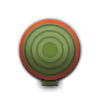 |  |  |  |  |  | ||||||
| 30 × Сountermeasures | 2.7 kg | 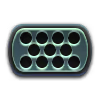 |  | |||||||||
| 195.6 kg | 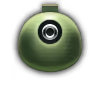 |  | ||||||||||
3 × | 223 kg | 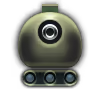 |  | |||||||||












Flight performance |
|---|
Survivability |
|---|
Weaponry | |
|---|---|